 Předplatné rostlin a kytic
Předplatné rostlin a kytic
E-shop
 Předplatné rostlin a kytic
Předplatné rostlin a kytic
 Dárkové poukazy
Dárkové poukazy
Dárkové poukazy
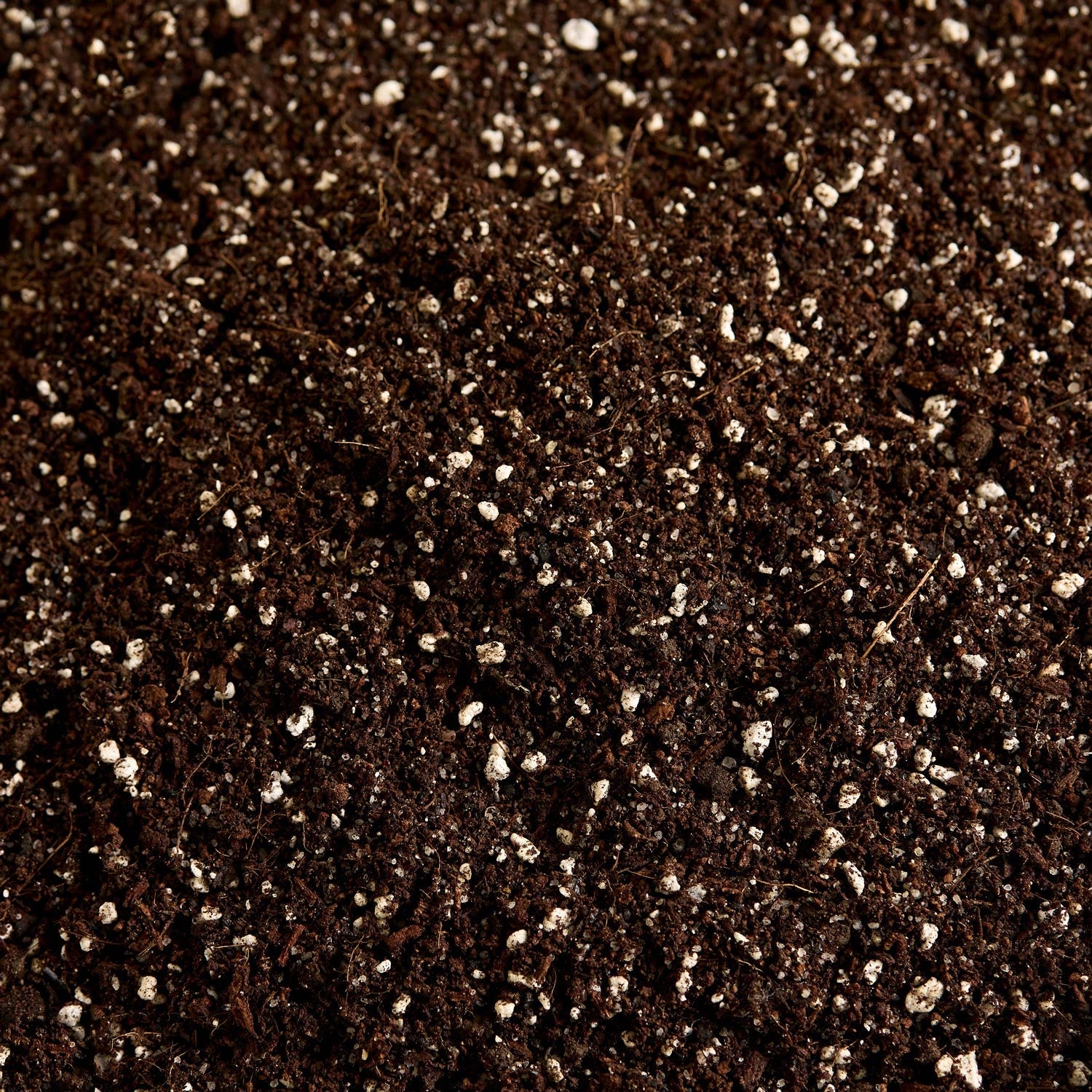 Substráty
Substráty
Substráty
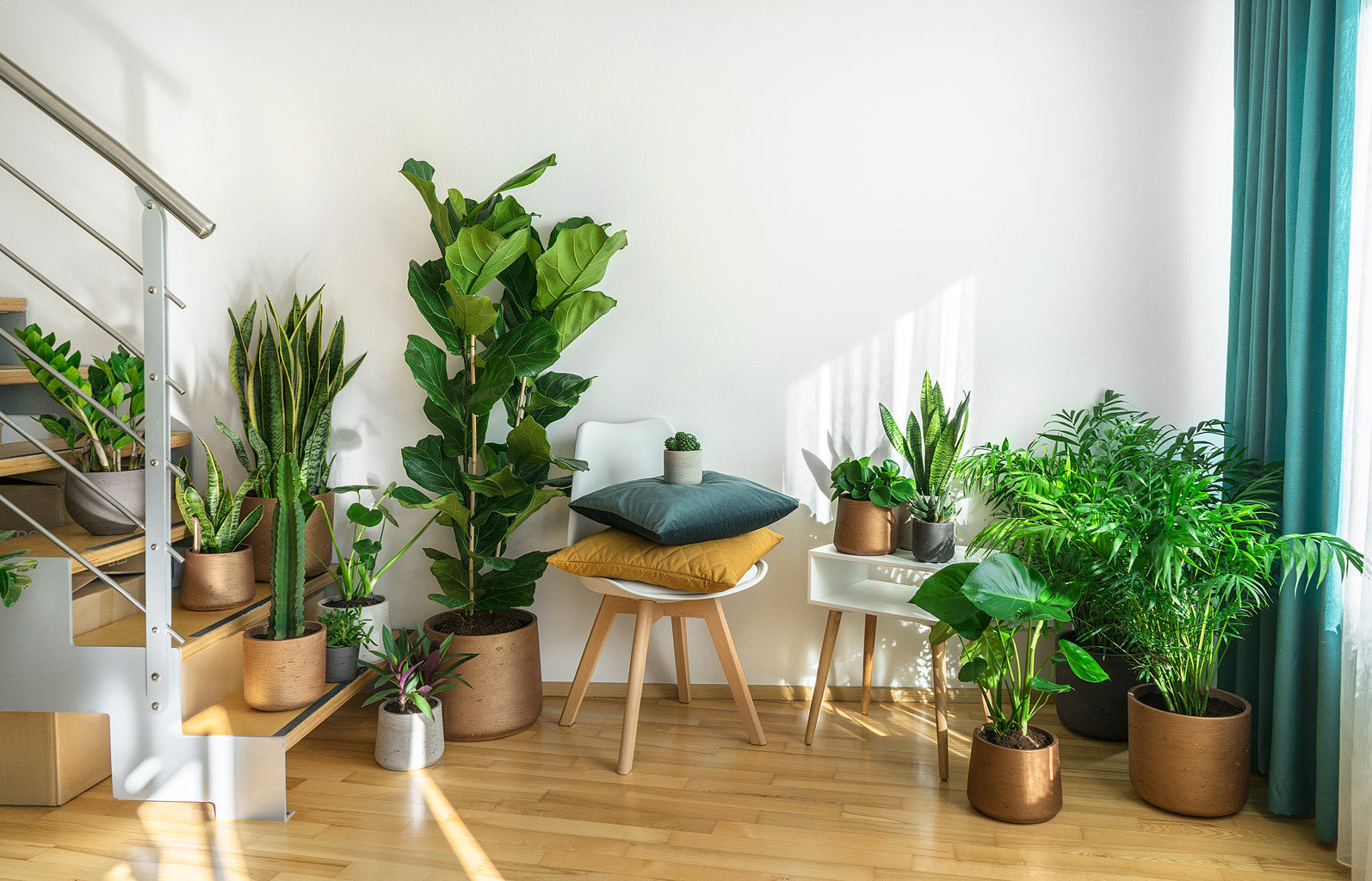 Všechny rostliny
Všechny rostliny
Všechny rostliny
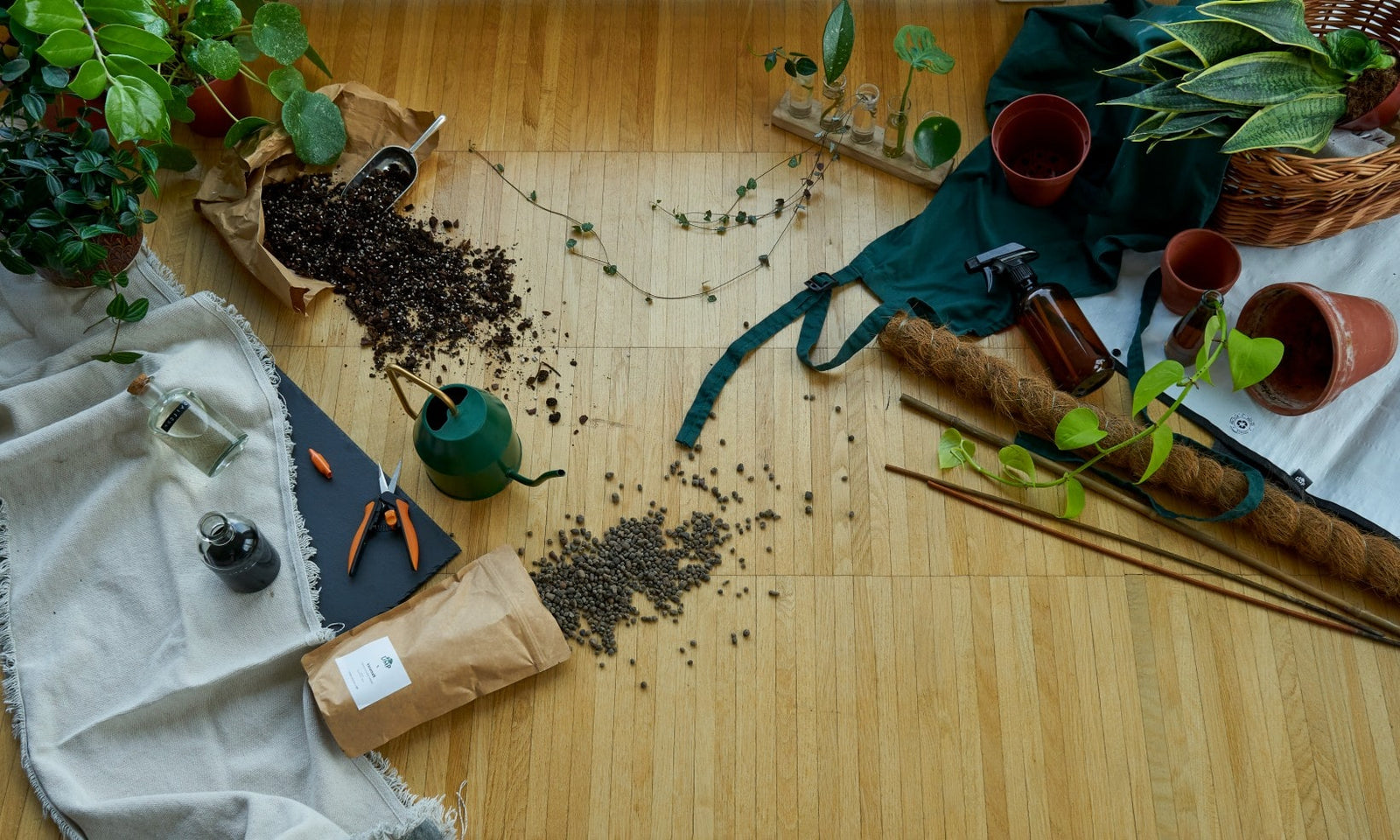 Všechny doplňky
Všechny doplňky
Všechny doplňky
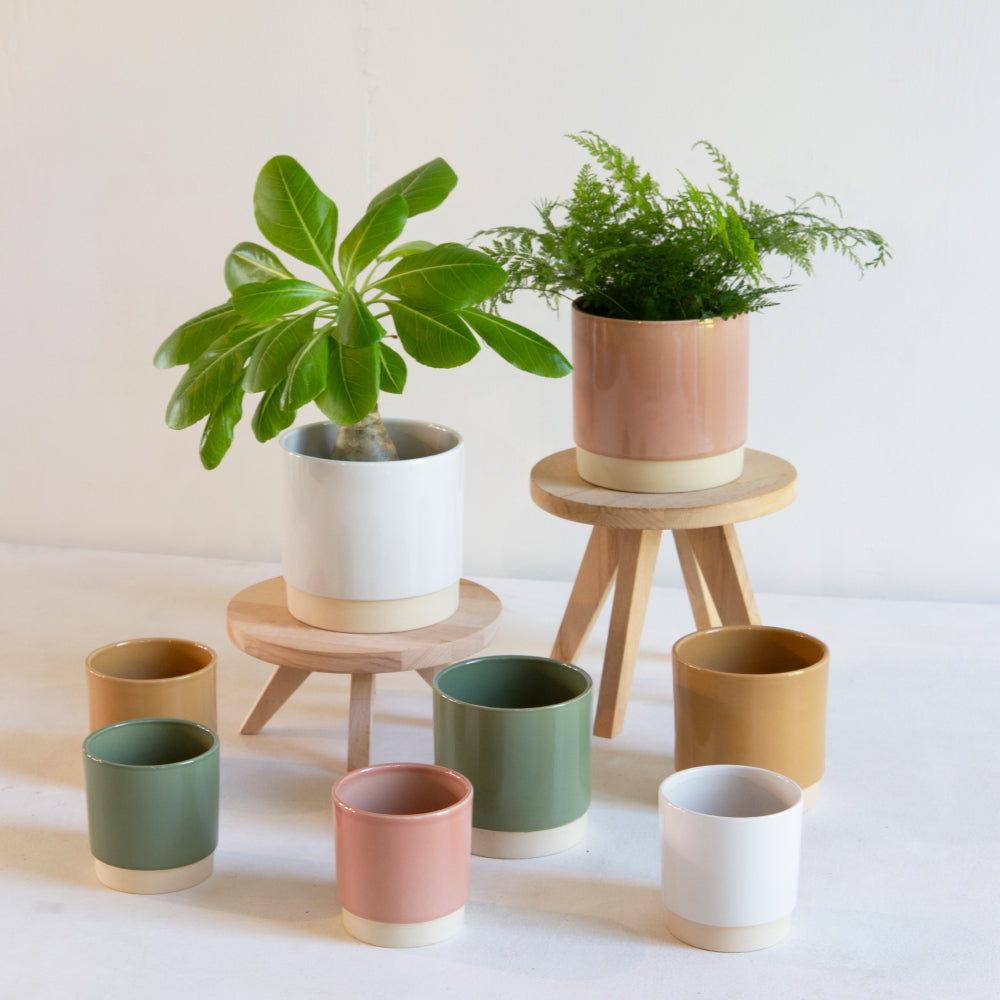 Obal na květináče
Obal na květináče
Obal na květináče
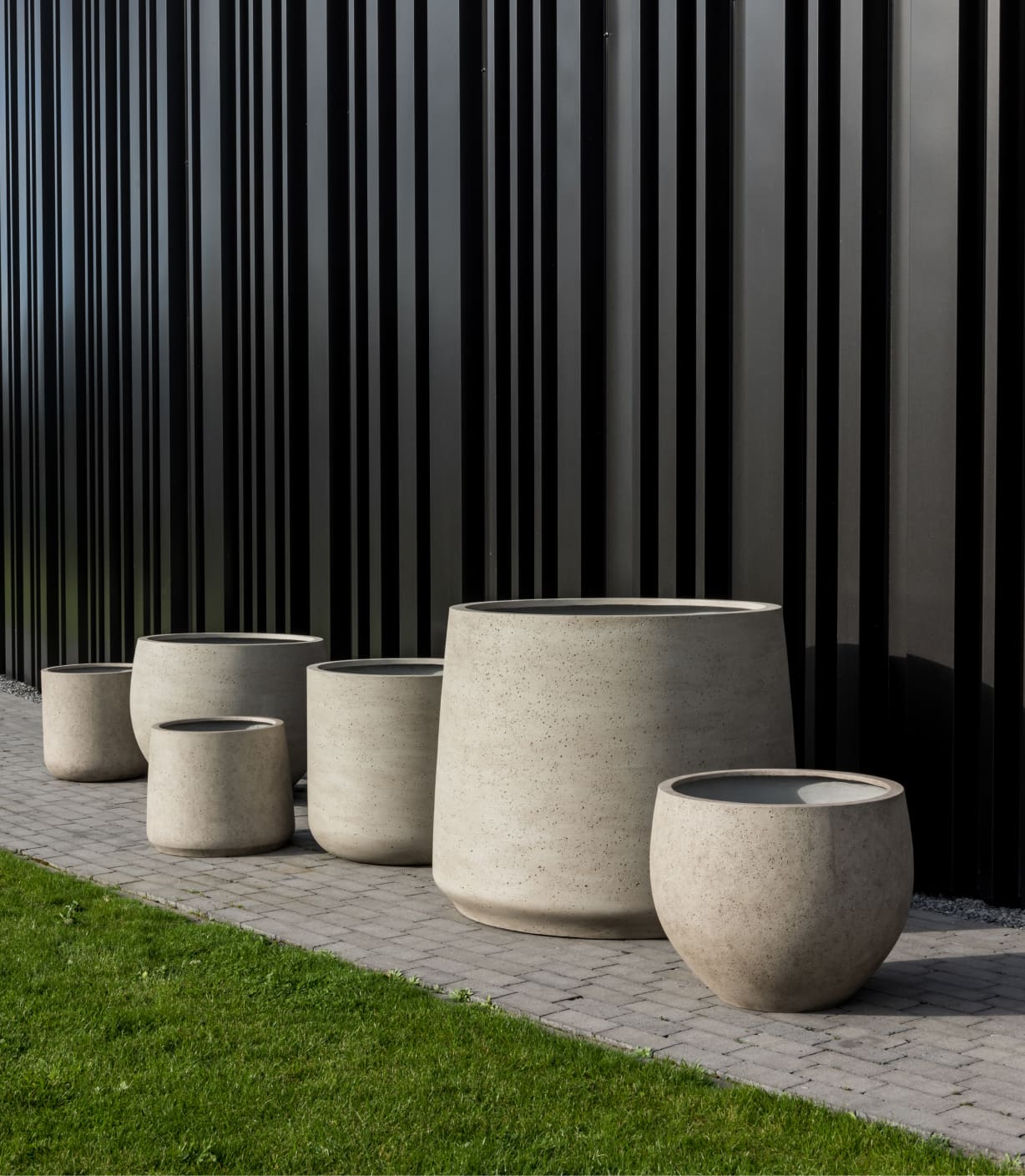 Potzillas
Potzillas
Potzillas
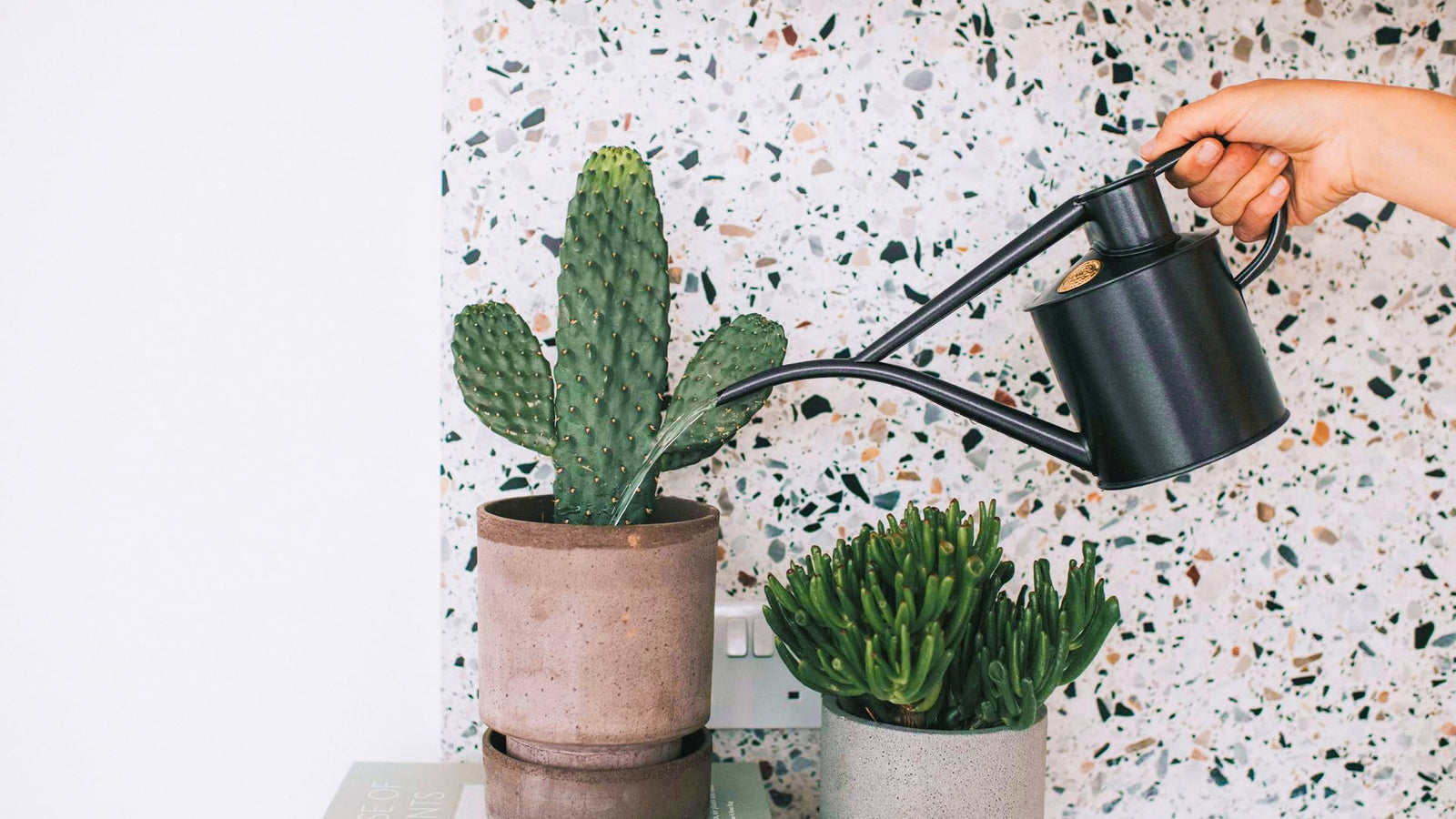 Hnojiva a insekticidy
Hnojiva a insekticidy
Hnojiva a insekticidy
 Živé stěny
Živé stěny
Živé stěny
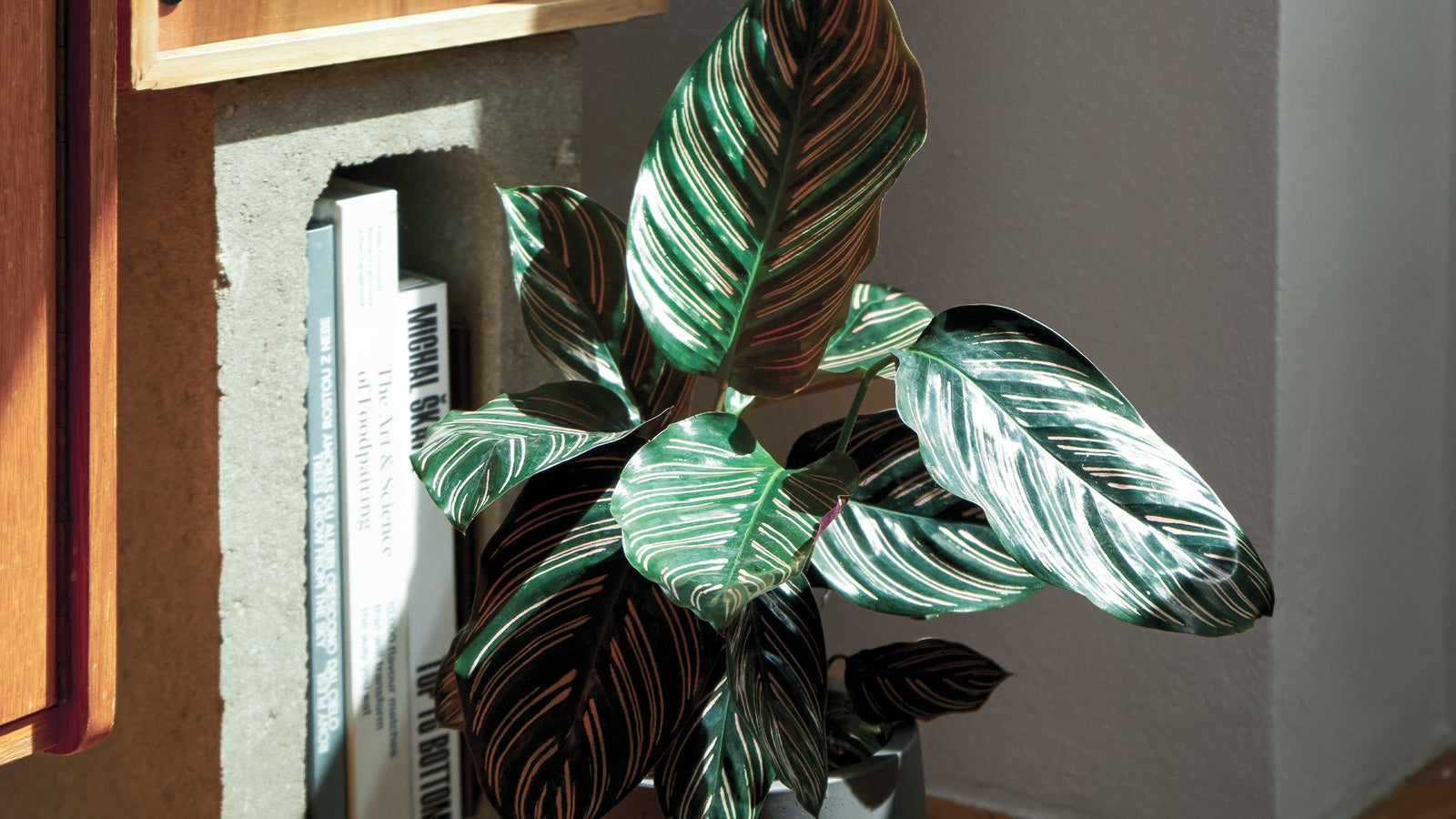 Bestsellery
Bestsellery
Bestsellery
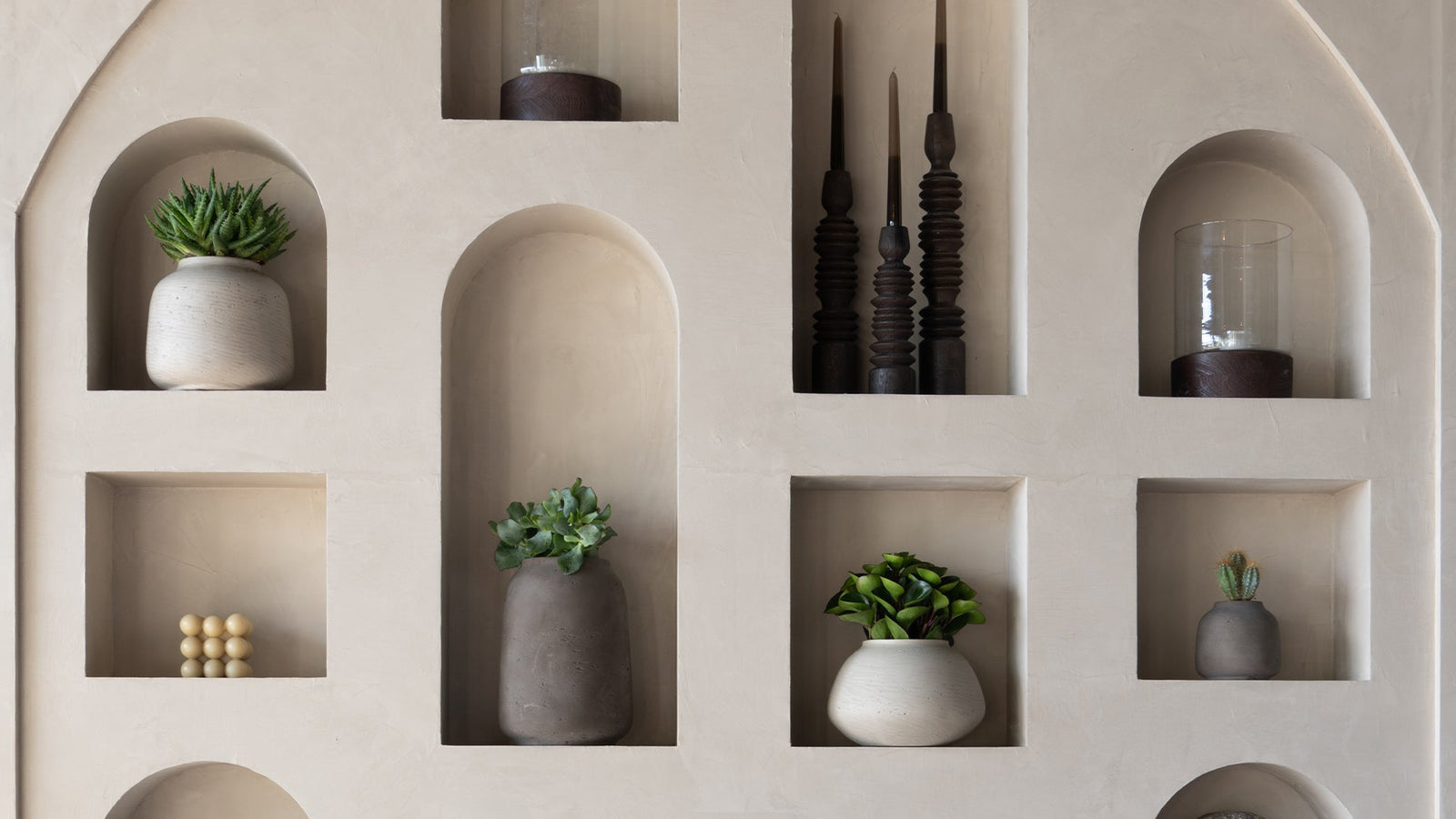 Sety rostlin
Sety rostlin
Sety rostlin
 Slevy
Slevy
Slevy
 Do stínu
Do stínu
Do stínu
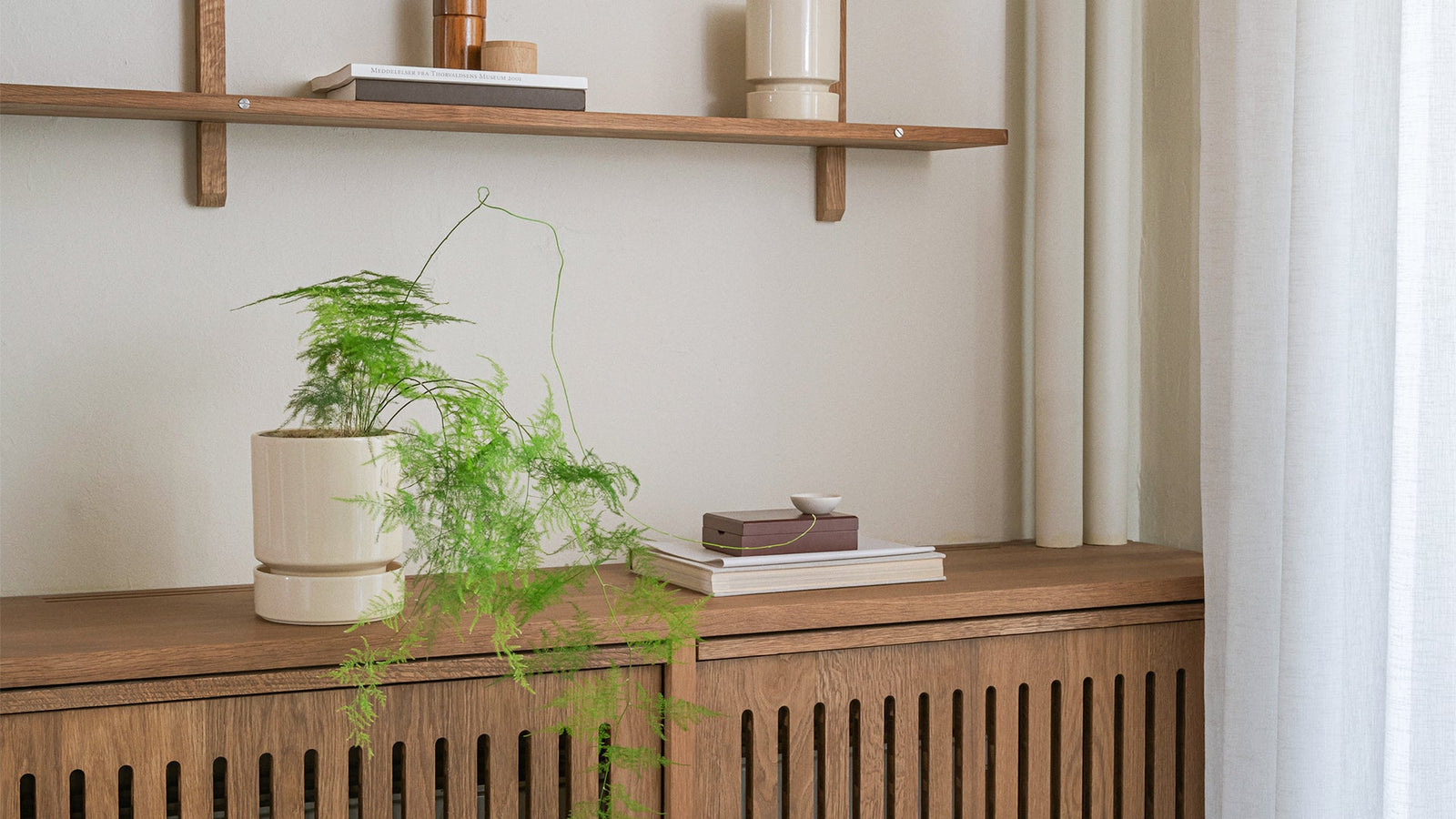 Nenáročné
Nenáročné
Nenáročné
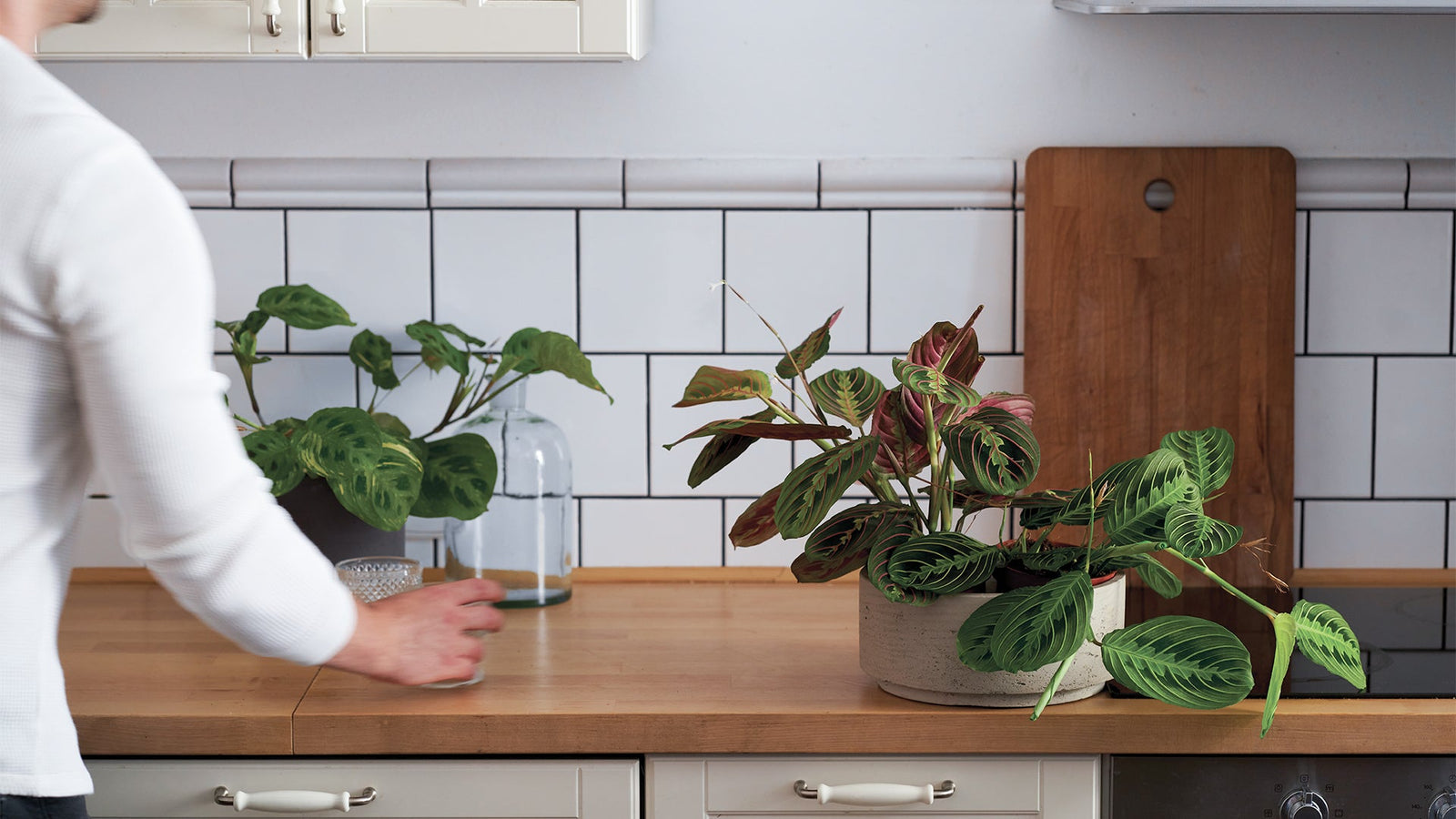 Vhodné k mazlíčkům
Vhodné k mazlíčkům
Vhodné k mazlíčkům
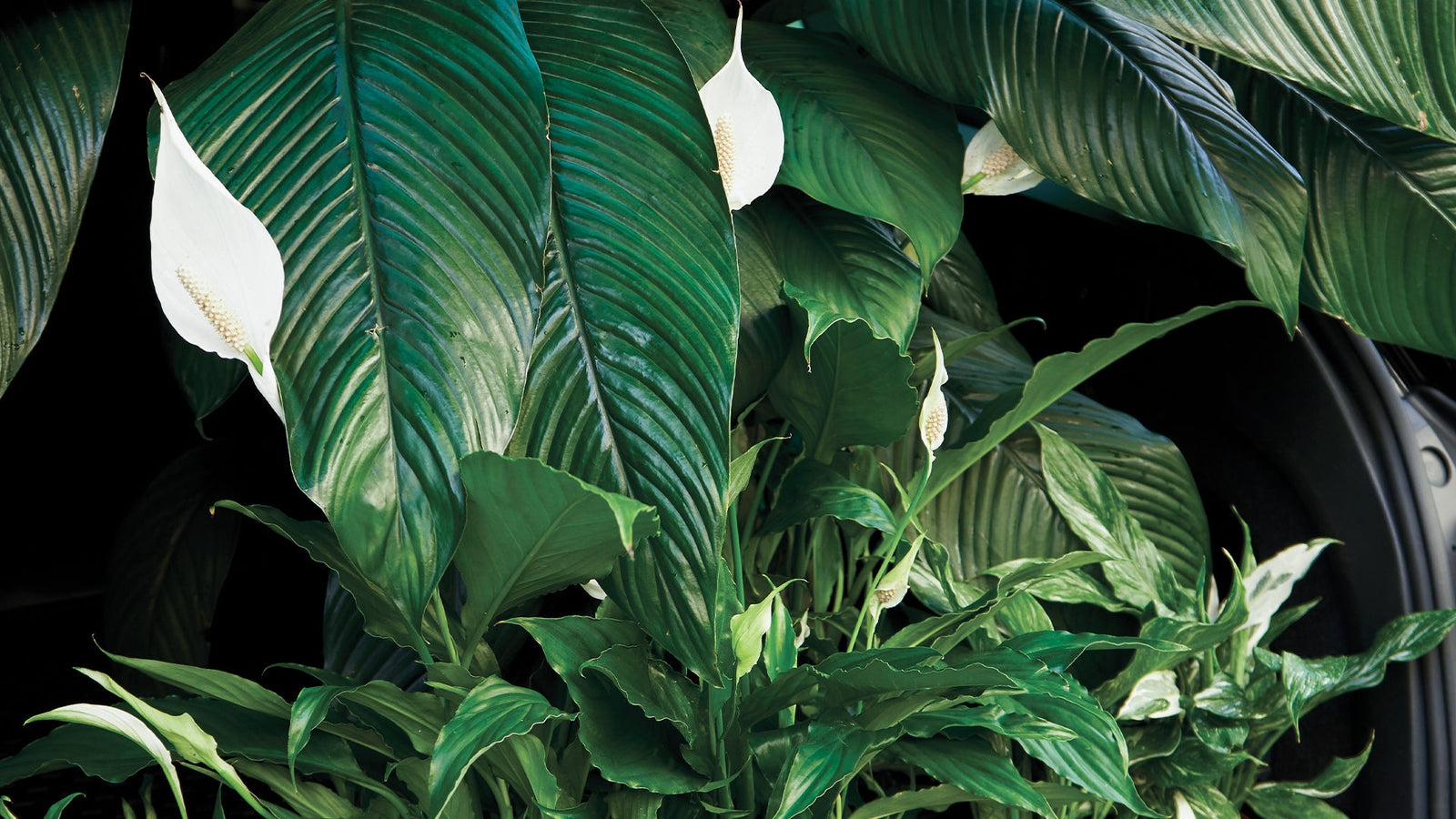 Čističky vzduchu
Čističky vzduchu

